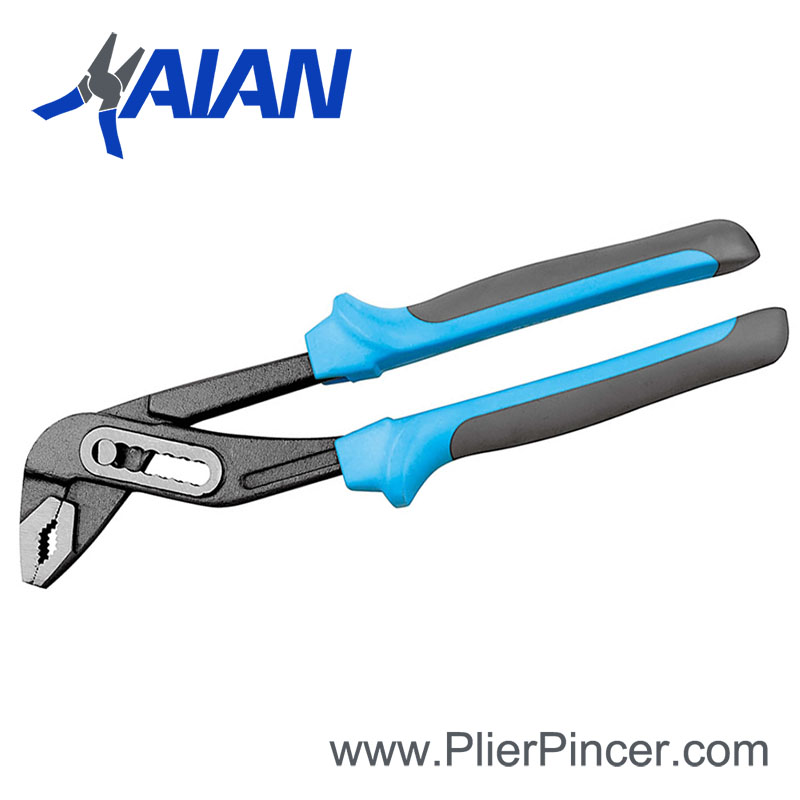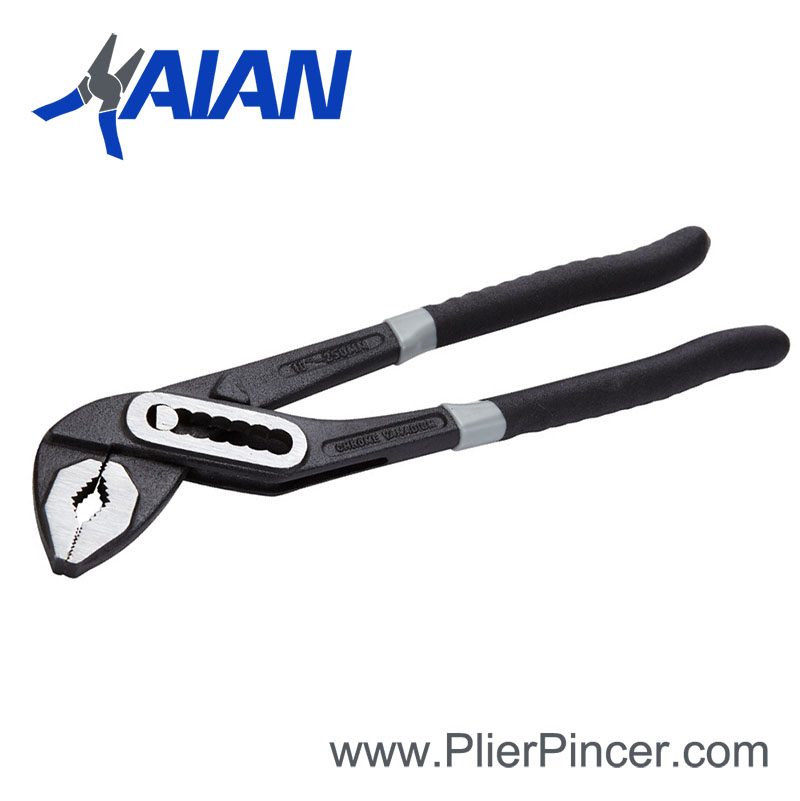Are all pliers insulated? If not, how do you if yours is? Find out in this article about pliers insulation.


Based on the common knowledge that plastic does not conduct electricity, it is easy to think that all pliers with coated handles are insulated. Sadly, that is not true. Not every plier with a rubber or plastic handle insulates against electrical current. Most of them do not, especially for high voltages. That is why it is important to find out if the pliers are insulated before buying.
A plier handle can have any of these three types of covers. A thin plastic, comfort grip, or insulated cover. The thin coat prevents the tool from slipping out of your hand whereas the thick foam cover provides a comfortable grip and prevents slipping as well. On the other hand, insulated handles prevent slipping, are comfortable to grip, and most importantly protect you from electric shock. In other words, they provide electric isolation for a specified voltage range.
What sets insulated pliers apart?
At face value, pliers with insulated handles look very similar to those with comfort grip handles. They are both beefy and very comfortable in your hands. What sets the insulated handles apart is the protection they provide against electric shock, up to a known threshold. In contrast, pliers with purely ergonomic handles also provide some electrical insulation but their threshold is unknown. That is why they don’t fall into the category of pliers with insulated handles.
Properties of insulated hand tools
The ASTM F1505 standard provides specifications and performance requirements for insulated hand tools. According to the standard, the insulation material of a hand tool should retain dielectric properties for voltages less than 1000V ac and 1500 V dc. This means that the insulated handles should protect you from electric shock when the tool comes into contact with a voltage that doesn’t exceed the thresholds. The voltage thresholds are even written on the insulation material.
The second property of insulated tools is that they should be flame resistant. Thirdly, they must function within the temperature range of-20° C (-4°F) and 70°C (158°F). For pliers and cutters, the insulated handle should have a have guard rail to protect the hand from slipping to the metallic part of the tool.
Who needs insulated pliers?
Unfortunately, the plastic covers only make regular pliers comfortable in your hands but don’t provide complete electrical safety. That is why you need insulated pliers.
Insulated pliers are not strictly for electricians. They are for anyone who works on or near energized circuits or equipment. To that end, you need at least one if your job involves cutting electrical wires, connecting and disconnecting electrical contacts, repairing electrical appliances, and troubleshooting electrical circuits and breakers.
More importantly, if you are an electrician, linesman, or HVAC technician, it is good to have a couple of pliers with insulated handles handy. I know they may not offer the most comfortable grip but they will save your life.